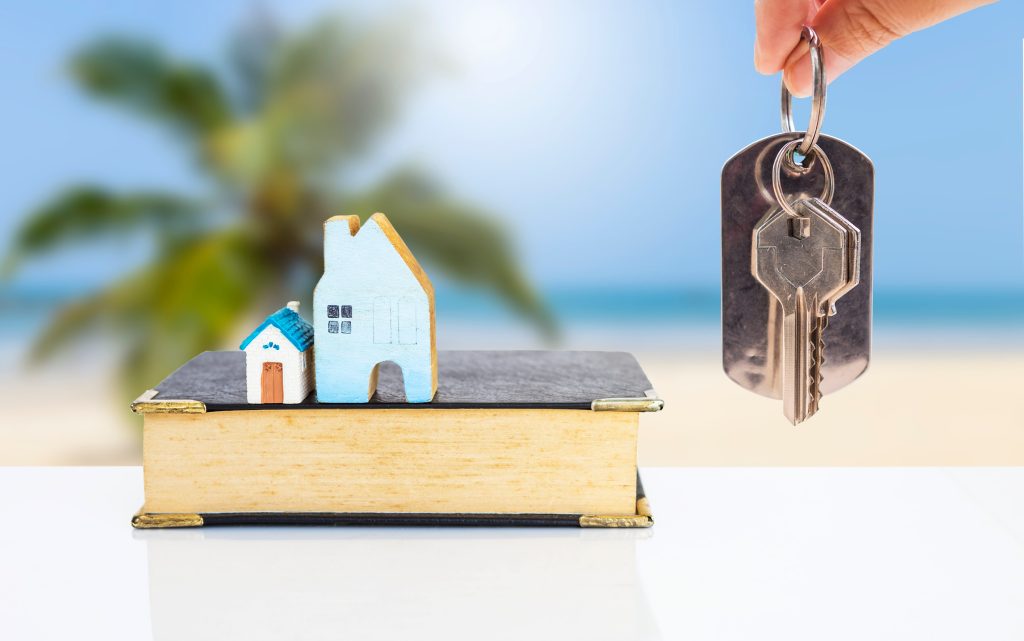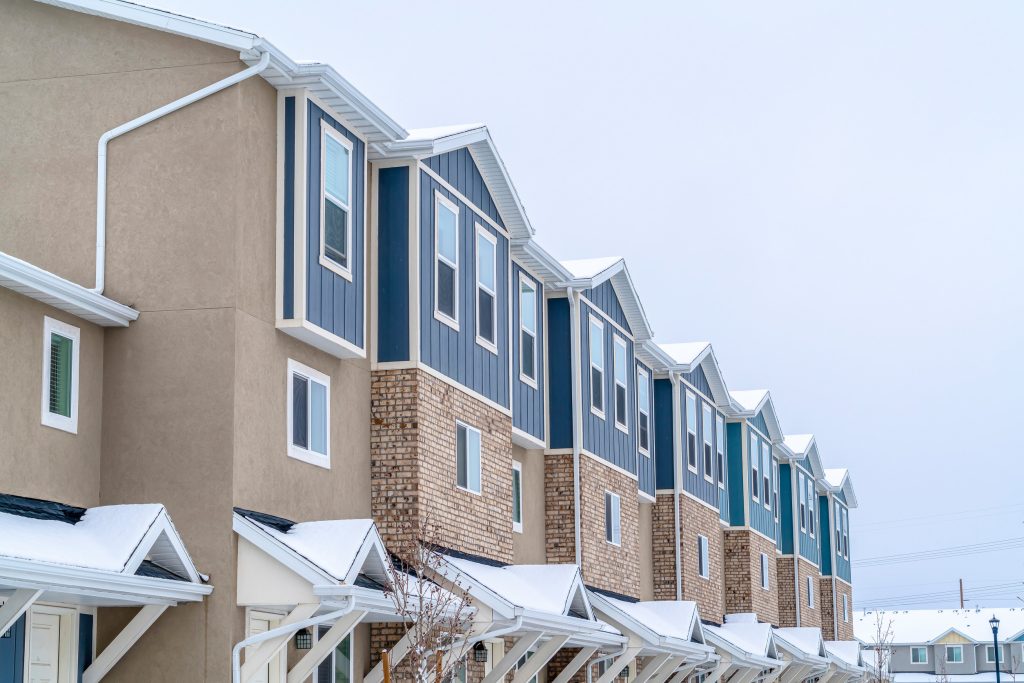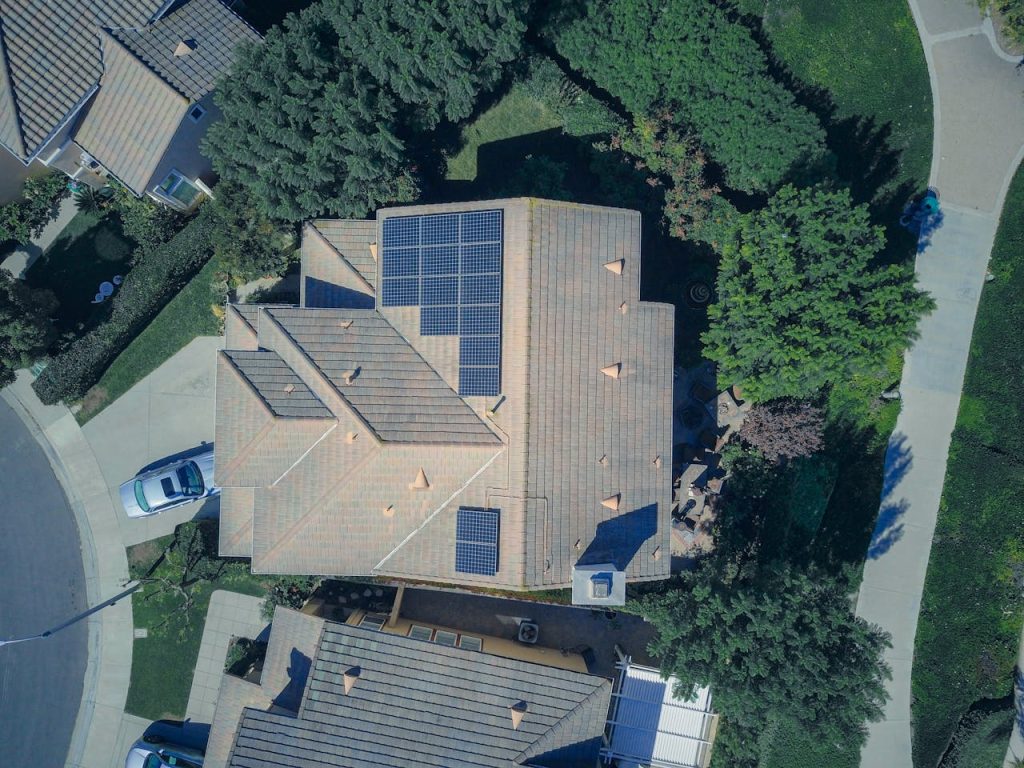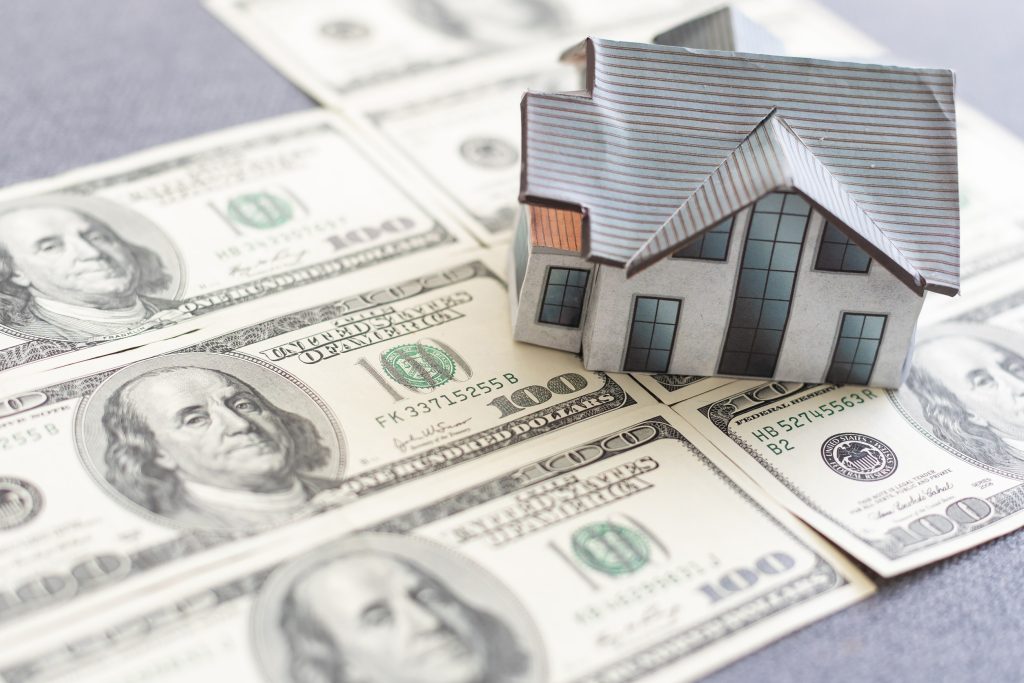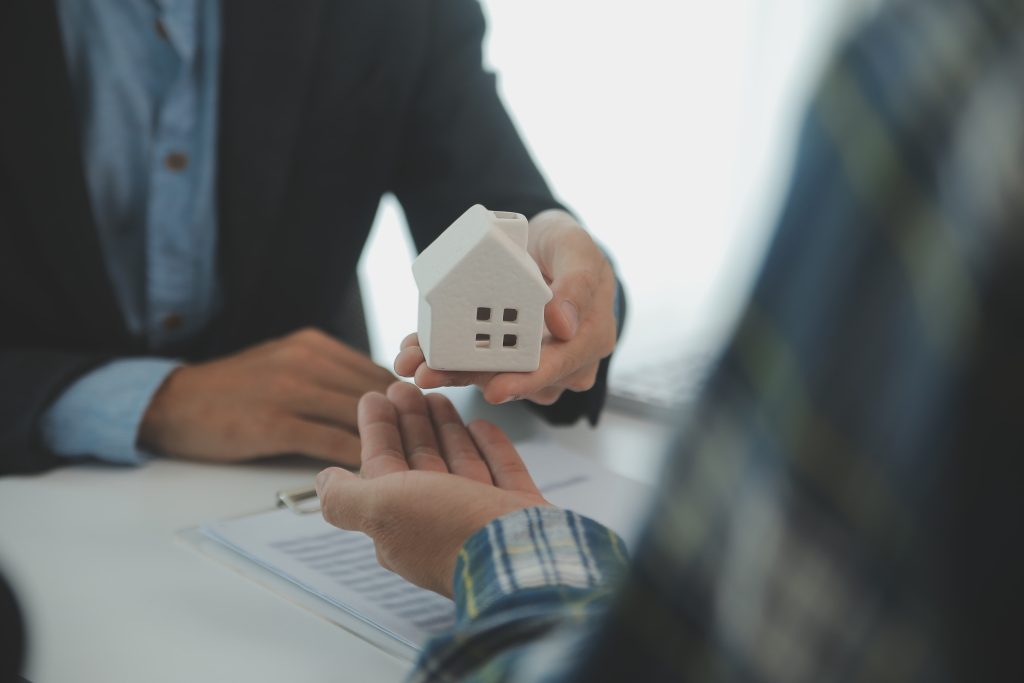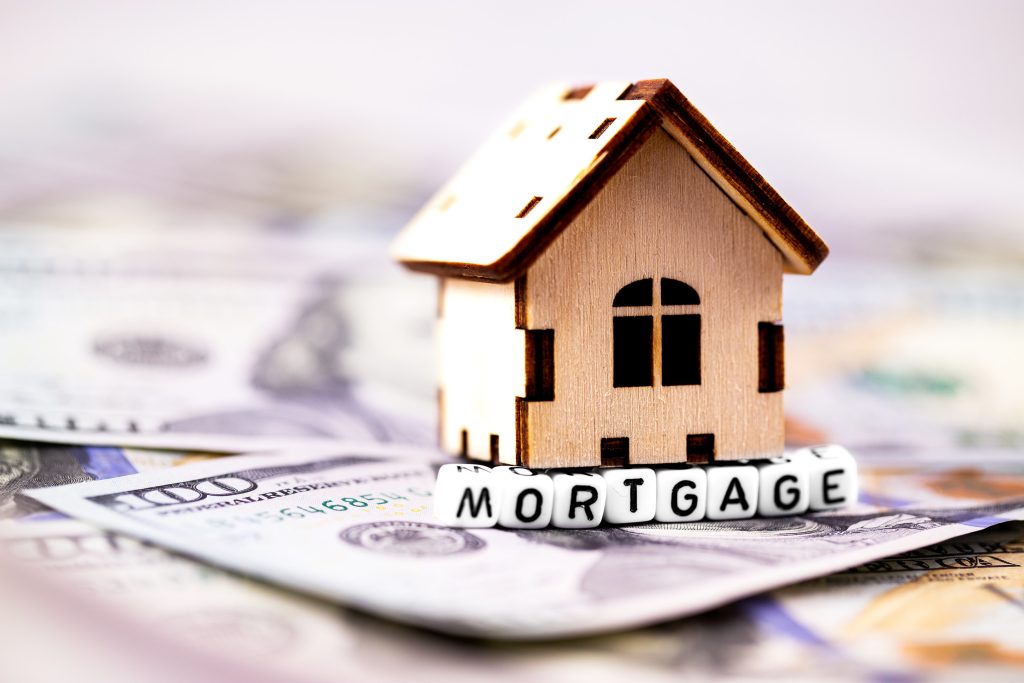
Image Source: 123rf.com
Buying a home is one of the biggest financial decisions most people will ever make. But have you ever wondered what buying a home in 2000 actually cost? Whether you’re a first-time buyer, a seasoned homeowner, or just curious about how the real estate market has changed, understanding the cost to buy a home in 2000 can offer a valuable perspective. It’s not just about nostalgia—comparing past and present home prices can help you make smarter decisions today. It’s fascinating to see how much the market has shifted in just a few decades. Let’s take a trip down memory lane and break down what it really cost to buy a home in 2000, and what that means for you now.
1. The National Median Home Price in 2000
Back in 2000, the national median home price was about $119,600, according to the U.S. Census Bureau. That number might sound shockingly low compared to today’s prices, but it’s important to remember that wages, interest rates, and the overall economy were very different. The cost of buying a home in 2000 was much more accessible for many families, especially when compared to the rapid price increases seen in the years since. This figure is a great starting point if you’re comparing your current home search to what your parents or older siblings experienced.
2. Mortgage Rates Made a Big Difference
Interest rates played a considerable role in the cost of buying a home in 2000. At the start of the millennium, the average 30-year fixed mortgage rate hovered around 8%. While that’s higher than the historic lows we’ve seen in recent years, it was actually considered reasonable at the time. Higher rates meant higher monthly payments, even lower home prices. For example, a $120,000 mortgage at 8% interest would result in a monthly payment of about $880 (excluding taxes and insurance). Understanding how mortgage rates impact affordability is crucial, whether you’re looking back or planning your next move.
3. Down Payments and Loan Options
In 2000, the standard down payment was typically 20%, though some buyers qualified for FHA loans with as little as 3% down. A typical buyer must save around $24,000 for a median-priced home. The cost to buy a home in 2000 wasn’t just about the sticker price but also about how much cash you needed upfront. While there were fewer low-down-payment options than today, programs for first-time buyers were becoming more common. If you’re saving for a home now, it’s helpful to know that buyers in 2000 faced similar challenges when scraping together a down payment.
4. Closing Costs and Other Fees
Beyond the purchase price and down payment, buyers in 2000 also had to budget for closing costs. These typically ranged from 2% to 5% of the home’s price, covering things like loan origination fees, title insurance, and inspections. A $120,000 home meant an additional $2,400 to $6,000 out of pocket. The cost to buy a home in 2000 included these “hidden” expenses, which often caught first-time buyers by surprise. Today, closing costs remain a significant part of the home-buying process, so planning for them early is wise.
5. Regional Price Differences
Like today, the cost of buying a home in 2000 varied widely depending on where you lived. Home prices in the Midwest and South were often well below the national median, sometimes under $100,000. Meanwhile, buyers in places like California or the Northeast faced much steeper prices, with some markets already pushing past $200,000 for a modest home. These regional differences highlight why it’s important to look beyond national averages and consider your local market when considering affordability.
6. The Impact of Inflation
It’s easy to look at the cost to buy a home in 2000 and feel a pang of envy, but don’t forget about inflation. Adjusted for inflation, that $119,600 median price is roughly equivalent to about $210,000 in today’s dollars. While homes were still more affordable by many measures, the gap isn’t quite as dramatic as it first appears. This perspective can help you set realistic expectations and appreciate the long-term value of real estate as an investment.
7. Wages and Affordability
One of the most important factors in the cost of buying a home in 2000 was how much people earned. The median household income in 2000 was about $42,000. That means the typical home costs about 2.8 times the average annual income. By comparison, today’s home prices are often five or six times the median income, making affordability a much bigger challenge. If you’re feeling squeezed by today’s market, you’re not alone—wages simply haven’t kept pace with rising home prices.
8. What You Got for Your Money
Homes built or bought in 2000 were often smaller and had fewer amenities than many new builds today. The average new home was about 2,000 square feet, with three bedrooms and two bathrooms. The cost to buy a home in 2000 got you a comfortable, functional space, but not necessarily the open floor plans, granite countertops, or smart home features that are common now. If you’re house hunting today, it’s worth considering what features matter most to you and where you might be willing to compromise.
Looking Back to Move Forward
Reflecting on the cost to buy a home in 2000 isn’t just an exercise in nostalgia—it’s a powerful reminder of how much the housing market has changed, and how important it is to plan carefully. While prices have risen and affordability has become more challenging, understanding the past can help you make smarter decisions for your future. Whether you’re saving for your first home or thinking about moving up, knowing what it cost to buy a home in 2000 can inspire you to set realistic goals and stay focused on what matters most.
How does your experience compare to the cost of buying a home in 2000? Share your thoughts or stories in the comments below!
Read More
8 Hidden Costs of Buying a Home
How Much House Can I Afford? Use This House Affordability Calculator
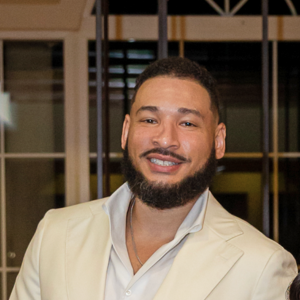
Travis Campbell is a digital marketer/developer with over 10 years of experience and a writer for over 6 years. He holds a degree in E-commerce and likes to share life advice he’s learned over the years. Travis loves spending time on the golf course or at the gym when he’s not working.

